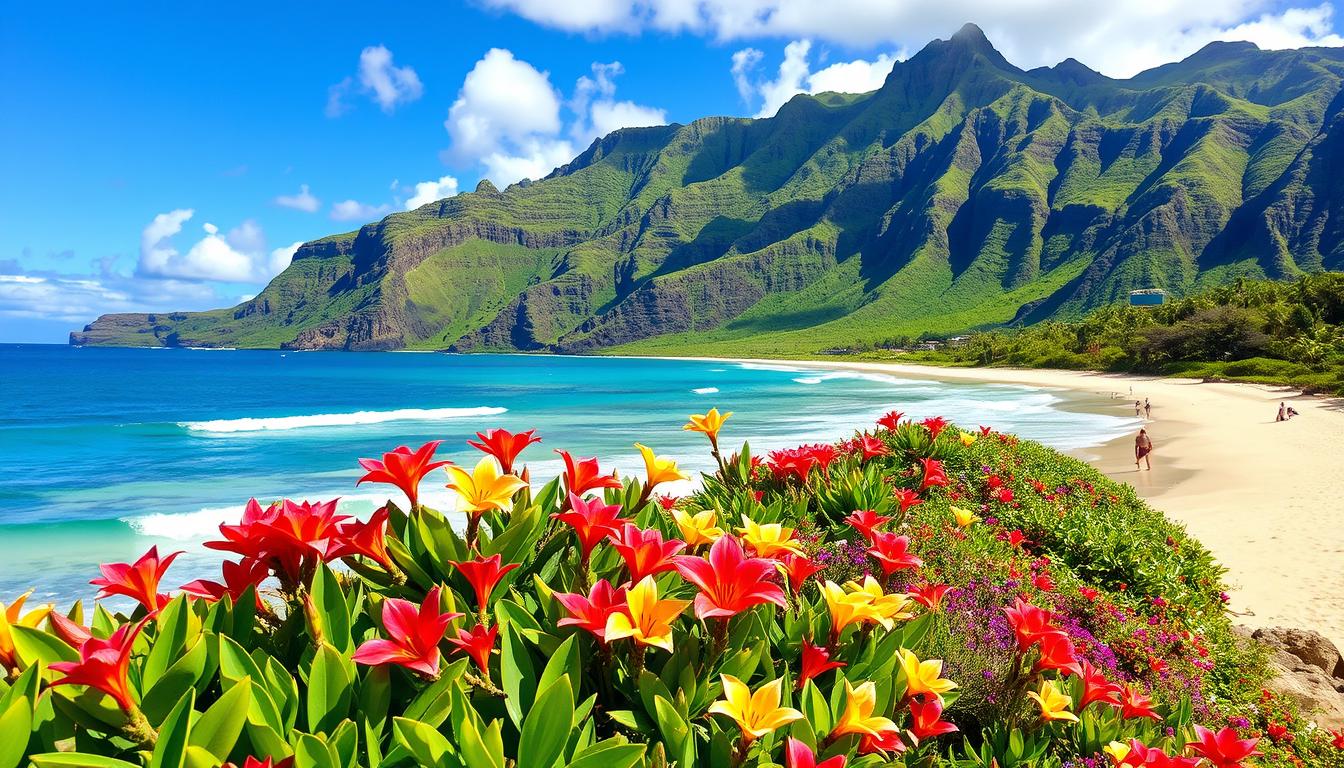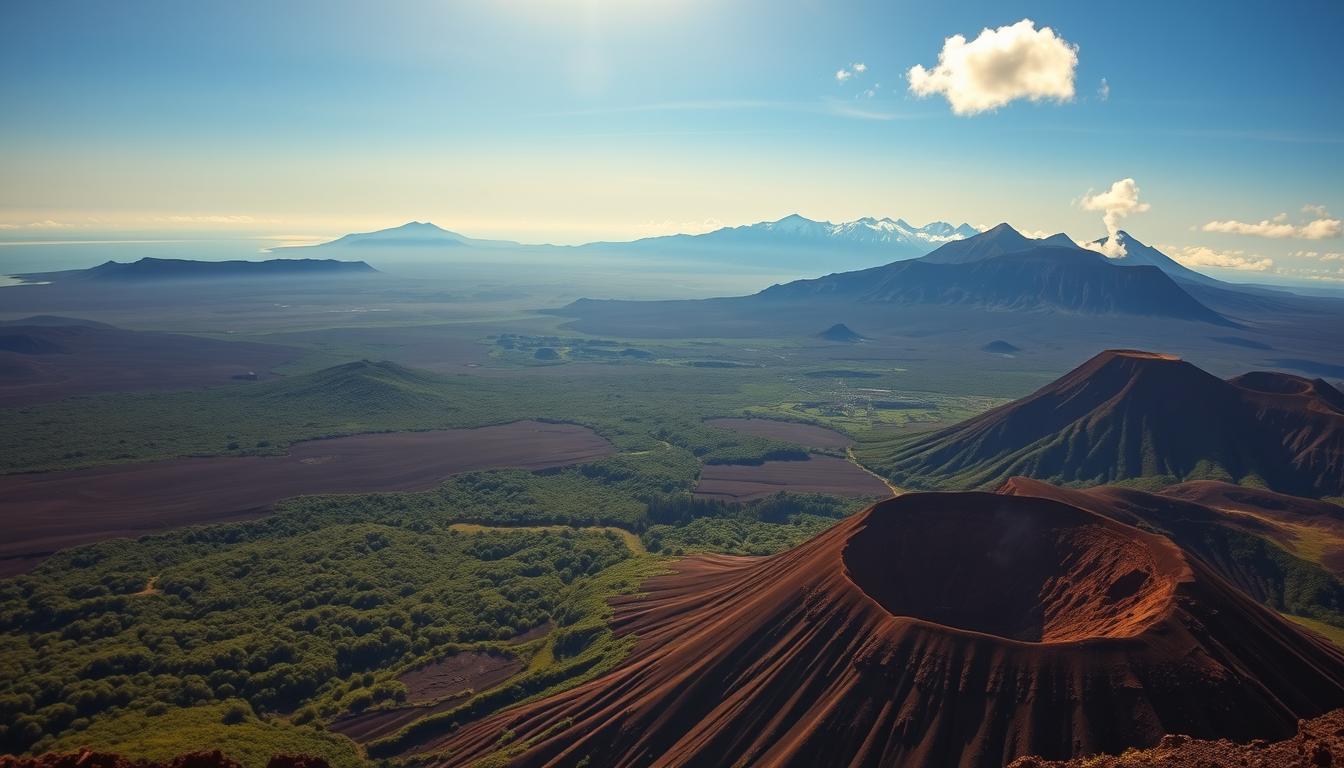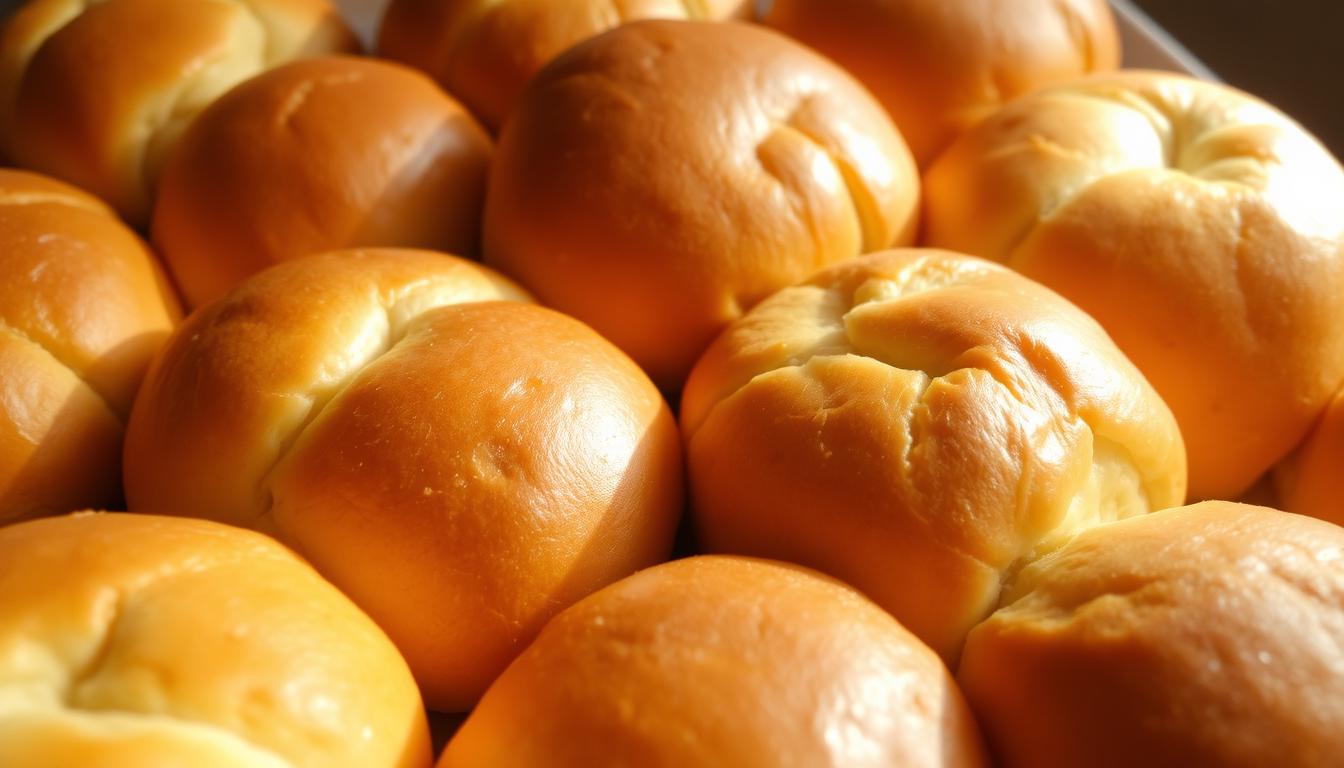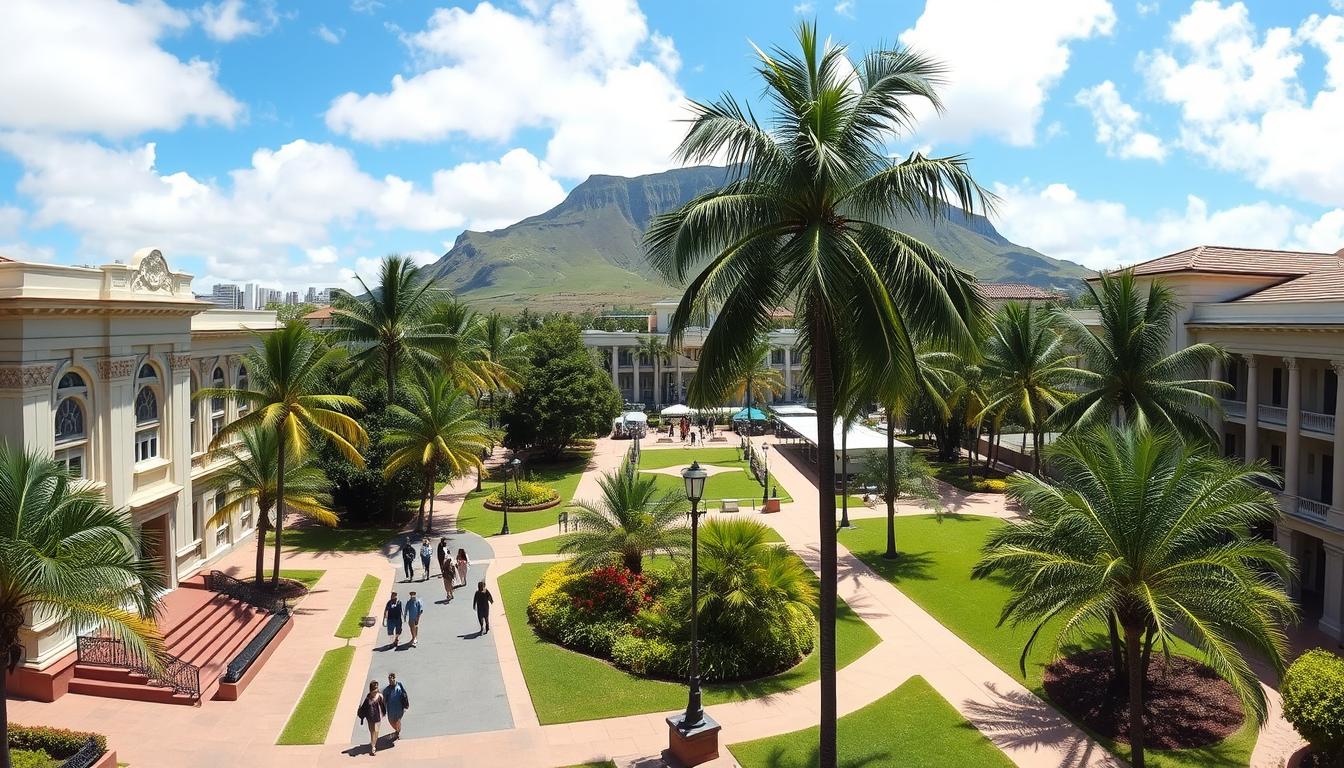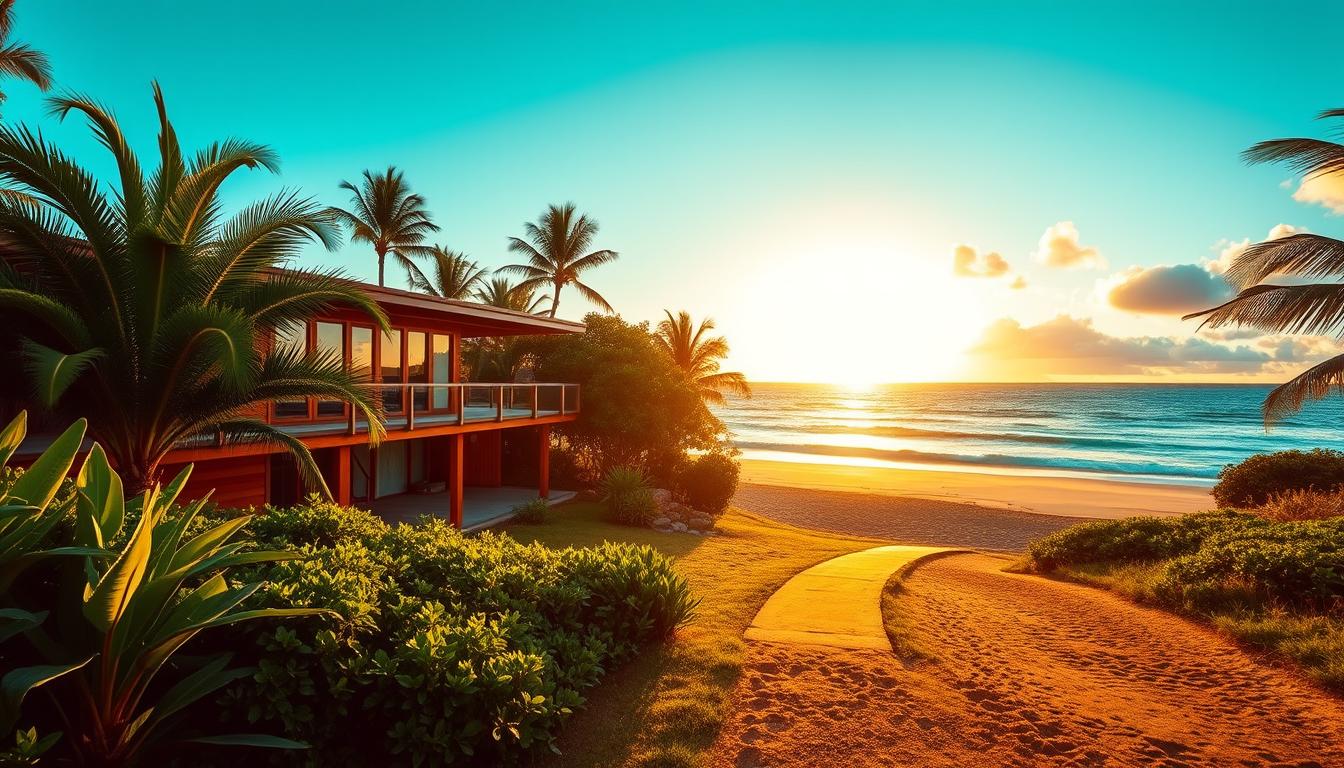Hawaii, a tropical paradise, welcomes visitors year-round. Yet, some periods stand out for their ideal weather, fewer crowds, and optimal experiences. The best months to visit are March to September, when temperatures peak and rainfall is at its lowest. This makes it the perfect time for beach activities and outdoor adventures.
However, Hawaii’s warm climate means it’s always a good time to visit. Temperatures range from 73°F to 86°F, ensuring pleasant weather. Even the wetter, cooler months from October to February offer unique experiences. You can witness a tropical beach with a snow-capped volcano in the background.
Key Takeaways
- The best time to visit Hawaii for the highest temperatures and lowest rainfall is between March and September.
- Hawaii offers pleasant temperatures ranging between 73°F and 86°F throughout the year.
- October to February is wetter and slightly cooler, especially at higher altitudes.
- From October to November, there are fewer visitors in Hawaii, providing a more tranquil experience.
- The west coasts of the Hawaiian islands are significantly drier than the east coasts.
Ideal Weather Conditions in Hawaii
Hawaii is famous for its year-round climate, perfect for visitors any time. You can enjoy warm, dry weather or cooler temperatures with a bit of rain. The islands cater to every season’s preferences.
Warm and Dry Months: March to September
March to September is the best time to visit Hawaii for great weather. The islands are warm and dry, with temperatures between the high 70s and mid-80s Fahrenheit. It’s ideal for beach lovers, water sports fans, and outdoor enthusiasts.
Cooler Months with Some Rain: October to February
October to February brings cooler temperatures, from 73°F to 81°F. Although there’s a chance of rain, it’s usually light. This period offers a chance to see the tropical landscape with fewer crowds.
Hawaii’s climate is truly unique, with most of the year being warm and dry. Whether you’re here in the summer peak or the cooler winter, Hawaii’s weather is always inviting. It’s perfect for those who want to explore the islands’ beauty and outdoor activities.
Peak Travel Seasons in Hawaii
Hawaii’s peak travel seasons are during the summer and winter months. These periods attract a surge of visitors seeking sun, sand, and adventure. The summer months, from June to August, are particularly popular for families and vacationers. This leads to higher tourist crowds and prices.
The winter months, from December to February, also draw a significant number of visitors. Snowbirds from colder climates are among them. This influx results in increased crowds and higher costs for flights and accommodations.
Summer and Winter: High Tourist Crowds
The summer season in Hawaii, from July to August, offers pleasant temperatures. Daytime temperatures are in the low to mid-80s, while evenings are in the high 70s. This makes it an ideal time for beach-goers and outdoor enthusiasts. However, it’s also the peak of Hawaii’s high season, leading to higher prices and more crowded destinations.
On the other hand, the winter months bring the heaviest rainfall to the Hawaiian islands. Brief rain spells usually occur at night. This is a popular time for visitors, especially those escaping colder climates. It results in increased demand and elevated costs for travel and accommodations.
If you’re looking to avoid the busiest and most expensive times to visit Hawaii, plan your trip during the shoulder seasons. The spring (April to June) and fall (September to November) offer more moderate temperatures. They also have fewer crowds and generally lower prices for flights and hotels.
| Season | Visitor Crowds | Typical Weather | Best Time to Visit |
|---|---|---|---|
| Summer (June–August) | High | Warm, Dry | Shoulder Season (April-June) |
| Winter (December–February) | High | Cooler, Rainy | Shoulder Season (September-November) |
Off-Peak Periods for Affordable Hawaii Travel
For those looking for a budget-friendly Hawaii vacation, the shoulder seasons of spring (April to May) and fall (September to October) are ideal. These periods offer lower prices on flights, hotels, and other travel expenses. They also come with fewer crowds across the Hawaiian islands.
While the weather may not be as consistently warm and dry as the peak summer months, the shoulder seasons still provide pleasant temperatures and ample sunshine. This makes them an excellent choice for those looking to save money and experience a more relaxed, less crowded Hawaiian getaway.
Lower Prices and Fewer Crowds
During the spring and fall off-peak periods, travelers can often find significant discounts on flights, hotels, and vacation packages to affordable Hawaii travel. With fewer tourists on the islands, it’s also easier to secure reservations for activities, restaurants, and rental cars. This allows visitors to enjoy a more immersive and authentic Hawaiian experience, without the chaos and high prices of the peak summer and winter seasons.
Additionally, the weather during the shoulder seasons is still quite pleasant, with average temperatures ranging from the mid-70s to the mid-80s Fahrenheit. While there may be slightly more rainfall during these periods, the islands generally maintain sunny, tropical conditions that are ideal for Hawaii off-peak season travel.
For those seeking the best Hawaii deals and the opportunity to explore the islands with fewer crowds, the spring and fall off-peak periods are the perfect times to plan a cheap Hawaii trips. By taking advantage of these shoulder seasons, travelers can enjoy all the beauty and wonder of Hawaii without breaking the bank.
Best time to visit Hawaii for Surfing
Hawaii is famous for its top-notch surfing, drawing surfers from all over. The ideal time to visit for a great surfing experience changes throughout the year. It caters to both seasoned riders and newcomers.
From January to March, the North Shore of Hawaii, especially Oahu, sees huge swells. This attracts professional surfers to tackle tough waves. It’s the best time for big wave fans to see and try the island’s famous surf culture. Events like the Vans Triple Crown of Surfing happen during this period.
On the other hand, May to September brings calmer waters, perfect for beginners. The South Shore, like Waikiki Beach, has longer, easier waves. These are ideal for those new to surfing.
The shoulder seasons of spring and fall offer a mix of conditions. You might see both North and South swells. This gives surfers of all levels a chance to find the perfect spot for their skill level.
Early morning and late afternoon are the best times to surf in Hawaii. The winds are lighter then, making the waves cleaner and better for surfing.
| Season | Surf Conditions | Best Surf Spots |
|---|---|---|
| Winter (Nov-Mar) | Large, powerful swells | North Shore of Oahu (Pipeline, Waimea Bay) |
| Summer (May-Sep) | Smaller, more manageable waves | South Shore (Waikiki Beach, Ala Moana Bowls) |
| Spring and Fall | Mix of North and South swells | Varies based on conditions |
Hawaii offers an unmatched surfing experience all year round. Whether you’re an experienced surfer or a beginner, you’ll find something special. Knowing the best times and conditions helps you make the most of your visit. You’ll dive deep into the island’s lively surf culture.
Whale Watching Season in Hawaii
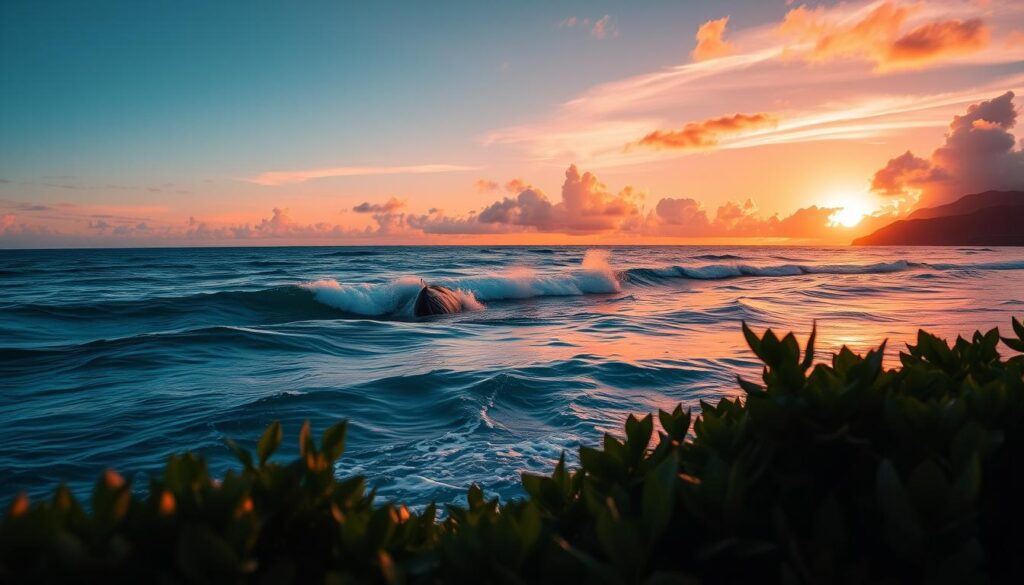
Hawaii is renowned for its whale watching opportunities, as it’s a key breeding ground for humpback whales. The peak season for spotting these magnificent creatures is from January to March. During this time, thousands of humpback whales migrate to Hawaiian waters to mate and give birth.
Prime Months: January to March
Visitors to Hawaii have a high chance of witnessing these whales in action. They can see whales breaching, slapping their tails, and playing in the ocean. This makes for an unforgettable experience. If you’re eager to see the Hawaii humpback whale migration, plan your visit between January and March. This is the best time to see whales in Hawaii.
It’s estimated that up to 10,000 humpback whales migrate to Hawaii annually. This makes it one of the top spots globally to observe these majestic creatures. The peak months for Hawaii whale watching season are mid-January through March, the prime time for viewing whales.
Diverse whale watching tours are available in Hawaii, including catamaran, sailboat, raft, and kayaking tours. Whale watching activities are a favorite among tourists, with Maui tours priced from $65 to $150 per person.
The humpback whale migration in Hawaii is a natural spectacle that occurs from December to April. Visitors can observe these incredible marine mammals as they breach, slap their tails, and play in the warm Hawaiian waters.
Cultural Festivals and Events
Hawaii is a rich tapestry of cultural traditions. Visiting the islands at specific times can immerse you in awe-inspiring celebrations. From the renowned Honolulu Festival in March to the captivating hula competitions like the Merrie Monarch Festival in April, there are numerous opportunities to experience Hawaiian culture.
The Honolulu Festival, held annually, showcases diverse arts, music, and cuisines. It attracts visitors from around the world, offering a glimpse into the islands’ cultural heritage. Additionally, the Merrie Monarch Festival in April is a must-see for those interested in witnessing the captivating art of Hawaiian dance.
Honolulu Festival, Hula Competitions, and More
Other notable cultural events in Hawaii include the Aloha Festival in September, the Okinawan Festival in September, and the annual Lei Day celebrations on May 1st. These events celebrate the unique diversity that makes Hawaii special. They allow visitors to immerse themselves in the art, music, and traditions that have shaped the islands over generations.
- Honolulu Festival (March)
- Merrie Monarch Hula Festival (April)
- Aloha Festival (September)
- Okinawan Festival (September)
- Lei Day Celebrations (May 1st)
Whether you’re interested in witnessing the captivating hula, savoring the diverse flavors of the islands, or simply immersing yourself in the vibrant cultural tapestry of Hawaii, there are numerous events and festivals throughout the year. These offer a truly unforgettable experience.
Best time to visit Hawaii for Hiking
https://www.youtube.com/watch?v=T_-DiSYQoSk
Hawaii’s varied landscapes offer numerous hiking trails, from lush rainforests to volcanic peaks. The best time for these adventures is from March to September. During this period, trails are drier, reducing the risk of muddy or slippery paths.
The cooler temperatures and lower humidity also enhance hiking comfort. Whether hiking through rainforests, climbing volcanic peaks, or along coastlines, the dry season is perfect. It allows outdoor enthusiasts to fully enjoy Hawaii’s stunning natural beauty.
Dry Months Offer Ideal Hiking Conditions
Hawaiʻi’s climate features a wet season from November to March and a dry season from May to September. This variation is crucial for determining the best hiking times in the Hawaiian Islands.
- Trails are less muddy and slippery during the dry months, ensuring safer and more enjoyable hikes.
- The dry season’s lower humidity and cooler temperatures make high-elevation treks more comfortable.
- Visitors can fully appreciate Hawaii’s landscapes without the obstacles posed by heavy rains or bad weather.
For those eager to explore Hawaii’s diverse hiking trails and experience its natural wonders, the dry season is the best time to visit Hawaii for hiking.
| Season | Hiking Conditions |
|---|---|
| Dry Season (March – September) | Ideal for hiking, with reduced rainfall, cooler temperatures, and lower humidity. |
| Wet Season (November – March) | Increased rainfall, higher humidity, and potentially muddier trails can make hiking more challenging. |
Hurricane Season in the Hawaiian Islands
The Hawaiian Islands are known for their tropical beauty, but visitors must consider the hurricane season. This period, from June 1st to November 30th, can bring heavy rain, strong winds, and flooding. The peak months are August and September.
Direct hits from hurricanes are rare, but tropical storms and hurricanes can still affect the islands. Travelers should watch weather reports closely and be ready to change plans if needed. The best times to visit are from March to May or September to November, when the weather is drier and more stable.
| Statistic | Value |
|---|---|
| Average number of tropical cyclones per year | 4-5 |
| Number of hurricanes passing within a few hundred miles of Hawaii over the last 70 years | 30 |
| Number of hurricanes or storms causing significant damage to Hawaii since 1950 | 5 |
| Additional cost of travel insurance coverage for hurricanes | $15-$26 per day |
| Last major hurricane to directly impact Hawaii | Hurricane Iniki in 1992 (over $3 billion in damage) |
Visitors should stay updated with the Hawaii Emergency Management Agency (HI-EMA) and local authorities. They provide the latest on storms and evacuation orders. By understanding the hurricane season and taking precautions, travelers can have a safe and memorable trip to the Hawaiian Islands.
Best time to visit Hawaii for Romance
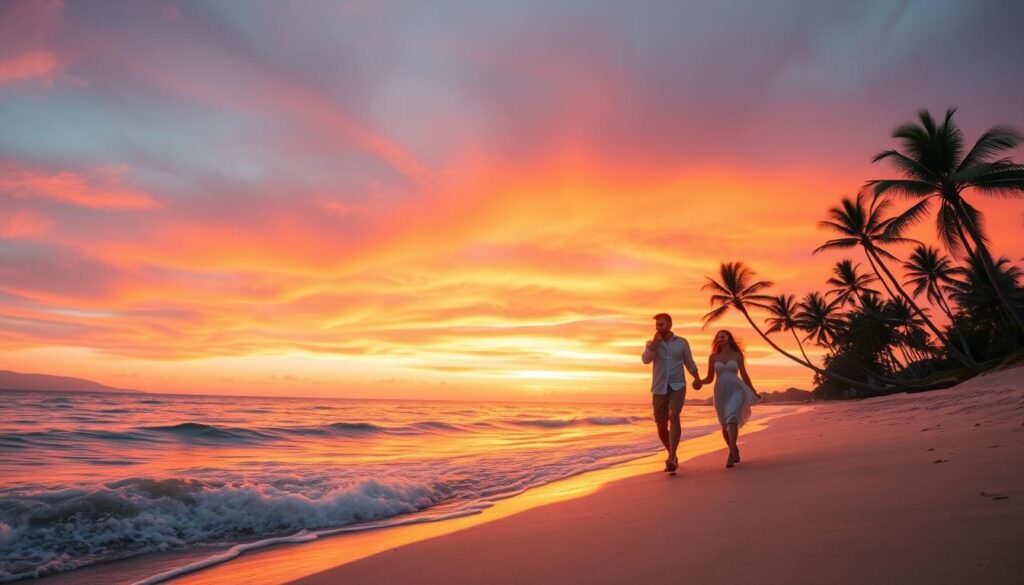
Hawaii stands out as a top choice for couples looking for a romantic escape. Whether it’s for a honeymoon, anniversary, or just a dreamy break, the best time to visit Hawaii depends on your desires. It’s all about the experiences you want to have.
The shoulder seasons, from spring (April to May) to fall (September to October), are prime for romance. These times offer fewer people, lower costs, and nice weather. This creates a cozy, intimate vibe perfect for couples.
In spring, Hawaii’s flora bursts into life. Fall brings gentle temperatures and fewer visitors, letting you dive deep into Hawaii’s natural and cultural wonders. Some might prefer winter for the humpback whale migration or the holiday cheer.
Hawaii’s beauty, from its beaches to its landscapes, makes it perfect for lovebirds. Whether you dream of a secluded spot, a lavish resort, or a mix of both, Hawaii has it all. It’s the ultimate spot for a romantic, unforgettable trip.
| Best Time for a Romantic Trip to Hawaii | Advantages |
|---|---|
| Spring (April to May) |
|
| Fall (September to October) |
|
| Winter (December to February) |
|
Hawaii’s Rainy Season: What to Expect
Hawaii, known for its tropical beauty, experiences a rainy season from November to March. During these months, the windward sides of the islands see more rain. Yet, the rain falls in bursts, leaving room for sunny days to explore the islands’ splendor.
Wetter Months: November to March
The rainy season in Hawaii spans from November to March, with December, January, and February being the wettest. The windward sides get the brunt of the rain, while the leeward sides are drier. This disparity offers a chance to engage in outdoor activities on the drier sides.
Even with more rain, Hawaii’s weather remains mild, with temperatures between the mid-60s and low 80s Fahrenheit. Rarely does the rain last long, leaving ample time for sunshine and discovering the islands’ wonders.
The rainy season isn’t ideal for all outdoor activities. Yet, it’s perfect for indoor explorations, cultural events, and enjoying the islands’ laid-back vibe. With fewer crowds, travelers can find better deals on accommodations and activities.
Visiting Hawaii, whether in the rainy or dry season, offers a plethora of experiences. Knowing the weather patterns helps plan a trip, ensuring a memorable stay in this tropical paradise.
The Best Time for Your Hawaii Trip: A Summary
Planning the perfect time for a Hawaii vacation is not straightforward. The ideal visit depends on your preferences and the activities you wish to enjoy. Key considerations include the weather, crowd levels, and travel costs.
The dry and warm months from March to September are ideal for weather in Hawaii. Average lows rarely drop below 65 degrees, and highs stay in the 80s. This period is peak tourist season. If you prefer fewer crowds, consider the shoulder seasons of spring and fall. These times offer more affordable flights, lower hotel rates, and less crowded attractions.
Timing is everything for specific activities and events in Hawaii. Whale watching is best from December to May, while snorkeling peaks in the summer. Cultural festivals and hula competitions occur throughout the year. By planning your trip around these events, you can have a memorable and enriching experience.

Scott Sweeney is the creator of Virtual Hawaii 360. Scott is a professional marketer and a lifelong Hawaii enthusiast. Scott splits time between Oahu and Dayton, Ohio. In addition to his marketing endevours, he is also a published Ukulele musician.

